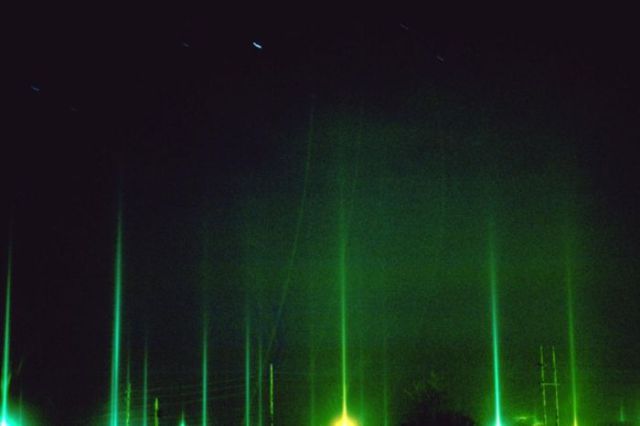The good Jessamyn West at Librarian.net has compiled a list of the random, secretish places in libraries she’s been shown:
- Entering the sub-basement at Colorado College.
- Rubber stamps in the University of Alabama library basement (there was also a printing press)
- The stairs to the room upstairs from the Bradford (VT) library
- The Calef Library basement in Washington Vermont
- Old card catalogs at the Library of Congress
- Not quite on topic but the secret door [art piece, not functional to go someplace secret] at the San Jose State library is pretty nifty.[full post]
It’s great when the evolution of a building space is cracked open. Particularly when it’s something a little esoteric seeming, like a library.
A long time ago, I wrote an article about exploring the abandoned(ish) passageways beneath Wilfrid Laurier University. I went under the library building, just a little.
More dedicated urban explorers, though, reveal some more amazing stuff: c.f. Cool Pics of an Abandoned Russian Library


.jpg)

